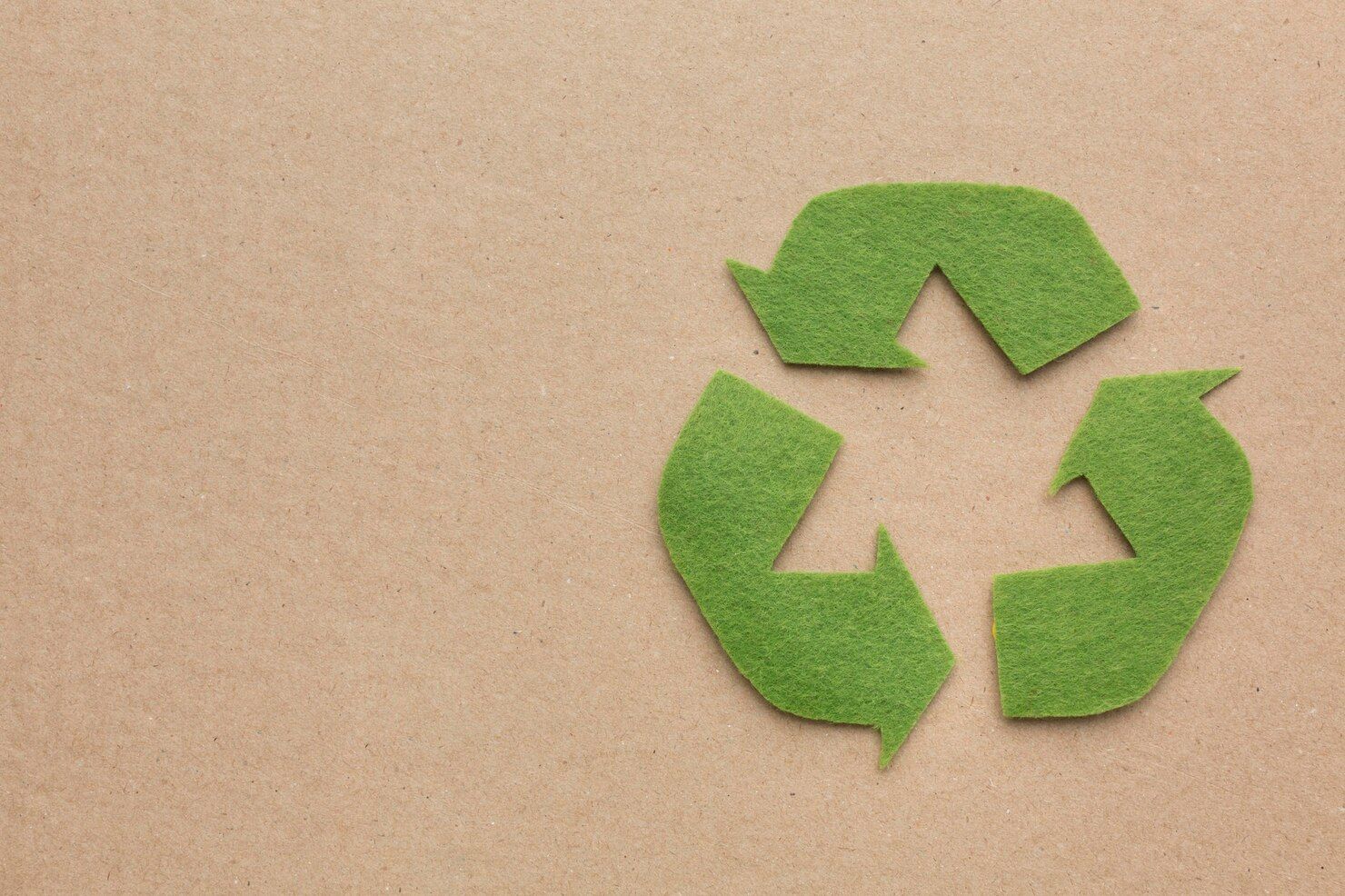How to reduce your environmental impact: Sustainable returns practices for businesses
Let’s dive into how you can make your returns process more eco-friendly - without sacrificing any of your profits or efficiency.

In today’s eco-conscious world, businesses are increasingly aware of their environmental impact. And when you consider that over a third (34%) of consumers have stated their trust in a brand would be improved if they were recognised for their ethical and sustainable practices, it’s really no surprise so many retailers are keen to go green!
However, while businesses’ efforts to be more environmentally friendly often focus on production, logistics operations, and supply chain processes, returns management is another crucial area where sustainable practices can make a significant difference.
After all, letting your customers return items without feeling bad about their carbon footprint is one of the best ways to provide customers with a five-star returns experience. Implementing sustainable returns practices not only helps the environment but also enhances your brand’s reputation, gets you repeat customers, and saves you a whole lot of money in the long run!
Let’s dive into how you can make your returns process more eco-friendly - without sacrificing any of your profits or efficiency:
The environmental impact of returns
Before we get into the solutions, it’s important to understand the problem – which is that returns can be surprisingly wasteful. Consider the following – and whether your business could improve in any of these areas:
- Carbon footprint: The shipping of returned items contributes to carbon emissions, especially when items are shipped back and forth multiple times.
- Waste generation: Many returned items, particularly in the fast fashion and electronics industries, end up in landfills. Sometimes, it’s cheaper for businesses to discard returns rather than restock them.
- Resource use: The process of handling returns requires additional resources such as packaging materials, transportation, and labor, all of which have environmental costs.
With all of these challenges in mind, let’s explore how you can implement sustainable practices that combat these challenges and reduce your environmental footprint.
Streamlining the returns process
First things first: an efficient returns process is inherently more sustainable. The fewer resources you use, the better for the planet.
Here are a few ways you can start to streamline your business’ returns process:
- Clear return policies: Make your return policies straightforward to reduce unnecessary returns. Provide detailed product descriptions, high-quality images, and customer reviews to help shoppers make informed decisions, leading to fewer returns.
- Digital receipts: Embrace digital receipts and return labels. This reduces paper waste and makes it easier to track returns electronically.
- Centralized returns: Establish centralized returns hubs to consolidate returned items, reducing the need for multiple shipping routes and cutting down on transportation emissions. For example, ReturnQueen has a network of drop-off hubs to work with, meaning less carbon-emitting trips!
- Using a returns service like ReturnQueen: By consolidating multiple items from different customers into a single shipment, you can minimize the number of trips needed, significantly cutting down on transportation emissions.
Encouraging sustainable customer behavior
Your customers also play a huge role in the returns process, so encouraging them to make more eco-friendly choices can have a huge and positive impact on your overall sustainability efforts. Here’s how you can encourage your consumers to go eco-friendly with you:
- Education: Educate customers about the environmental impact of returns. Use your website, email newsletters, and social media to share tips on making thoughtful purchase decisions. This is great PR for your brand, and a great way to connect with your customers on issues that they care about.
- Incentives: Offer incentives for sustainable behavior. For instance, provide discounts or loyalty points for customers who opt for store credits instead of refunds or who choose to return items in-store rather than shipping them back.
- Sustainable packaging: Encourage customers to reuse packaging for returns. You could even design packaging that’s easy to reuse, such as boxes with resealable closures.
Eco-friendly return methods
When returns are unavoidable, there are still ways to minimize their environmental impact, such as:
- Green shipping options: Partner with logistics companies that offer carbon-neutral shipping options. Some carriers now provide services that offset the carbon emissions of shipping. For example, ReturnQueen uses reusable totes for all pickups and bulk deliveries.
- Bulk returns: For businesses with high return rates, consider scheduling regular bulk returns instead of processing each return individually. This can significantly cut down on transportation emissions.
Refurbish, reuse, recycle
Not all returned items are destined for the trash. Many can be refurbished, reused, or recycled, extending their life cycle and reducing waste. Here are a few ways you can turn things around when a customer decides your products aren’t for them:
- Refurbishment programs: Set up programs to refurbish returned items that are in good condition. These items can be resold as “like new” or “open box” at a discount, appealing to bargain hunters and eco-conscious shoppers alike.
- Donations: Partner with local charities to donate returned items that are still in usable condition. This not only reduces waste but also lets you support your community - which your customers will love.
- Recycling initiatives: For items that can’t be resold or donated, establish recycling programs. Work with recycling companies to ensure that materials are properly disposed of and repurposed whenever possible.
Implementing a sustainable returns policy
Creating and enforcing a sustainable returns policy requires careful planning and clear communication. Here are some steps to get you started:
- Assess your current practices: Carry out an audit of your current returns process to identify areas for improvement. Look at everything from shipping methods to how returned items are handled once they arrive back at your facility.
- Set goals: Establish clear, measurable goals for reducing the environmental impact of your returns. This could include targets for reducing return rates, increasing the percentage of returns that are refurbished or recycled, and cutting down on carbon emissions from return shipping.
- Communicate policy changes: Clearly communicate any changes to your returns policy to your customers and staff. Make sure everyone understands the reasons behind these changes and how they benefit both the business and the environment.
- Monitor and adjust: Regularly review your returns process to ensure it remains efficient and sustainable. Be open to feedback from customers and employees, and be willing to make adjustments as needed.
Celebrate your sustainable successes!
As you implement more sustainable returns practices, don’t forget to celebrate your successes. After all, your customers love to see it! 💚
Share your progress with your customers through your website, social media, and email newsletters, and highlight the positive impact your changes are having on the environment and your business.
Not only does this reinforce your commitment to sustainability, but it also encourages your customers to continue supporting your eco-friendly efforts. A win for the planet, and a win for you!
Let’s make returns more sustainable together
Implementing the practices we’ve outlined above requires commitment, creativity and consistency, but the rewards - both in terms of reduced waste and enhanced customer loyalty - are well worth the effort.
And you don’t have to do it alone. To learn more about how ReturnQueen’s returns service app can make returns easier - and more sustainable - for you and your customers alike, please get in touch with our team today. We’d love to help you!
So, take a closer look at your returns process and start making changes that will benefit both your business and the environment. Here’s to a greener future, one sustainable return at a time!

